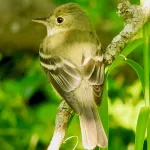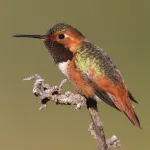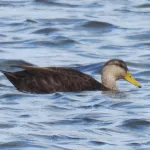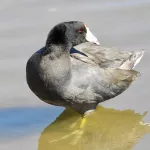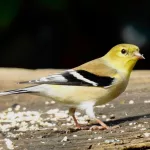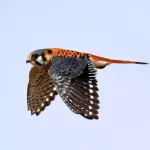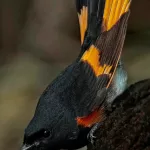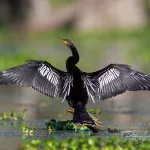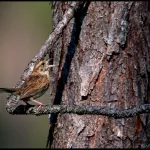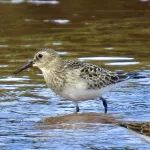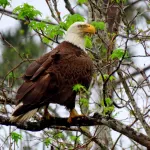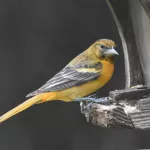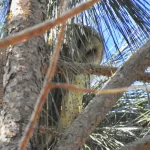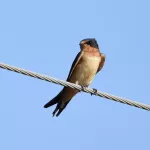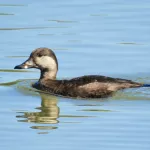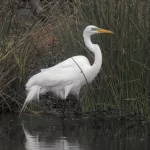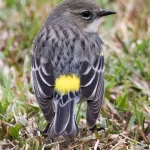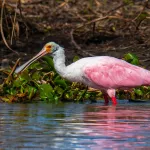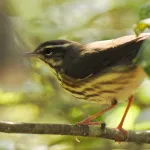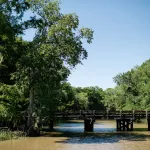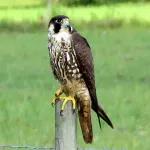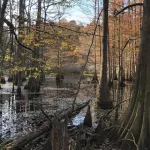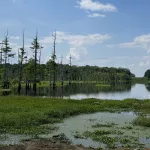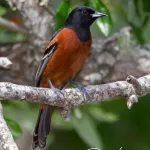For its size, St. Martinville’s Live Oak Park is filled with attractions, flora, and fauna. Mature live oaks line the parking area and a short trail along Bayou Teche. These are magnets for local songbirds, regardless of season, especially during spring and fall migration. Species to look for include Red-bellied and Downy Woodpeckers, Carolina Chickadee, Tufted Titmouse, and Northern Mockingbird. Winter species include Yellow-bellied Sapsucker, Eastern Phoebe, American Robin, and Blue-gray Gnatcatcher.
Additional vegetation at the site includes buttonbush, giant cutgrass, mature bald cypress trees along the edge of the bayou, and a small native plant garden featuring species such as deciduous holly, dwarf palmetto, and American beautyberry.
Take note of the short vegetated strip of bayou bank to the immediate south of the park, leading to a kayak launch and dock. This, too, is birdable. The dock is a perfect platform for checking the bayou for local and migrating swallows, waterfowl, cormorants, wading birds, and other waterbirds.
Historians will be interested in checking out the St. Martinville Cultural Heritage Center, located adjacent to this site. It consists of the African-American Museum and the Acadian Memorial Museum, which tell how these people came to settle in St. Martinville. A literary note of interest–the park derived its name from the poem Evangeline, written by Henry Wadsworth Longfellow in 1847. Although fictional, many believe this is the place described in Longfellow’s account of the arrival of exiled Acadians from Nova Scotia in 1755.
Amenities include parking, restrooms, an information center, benches, boardwalks, and an adjacent public kayak launch.


